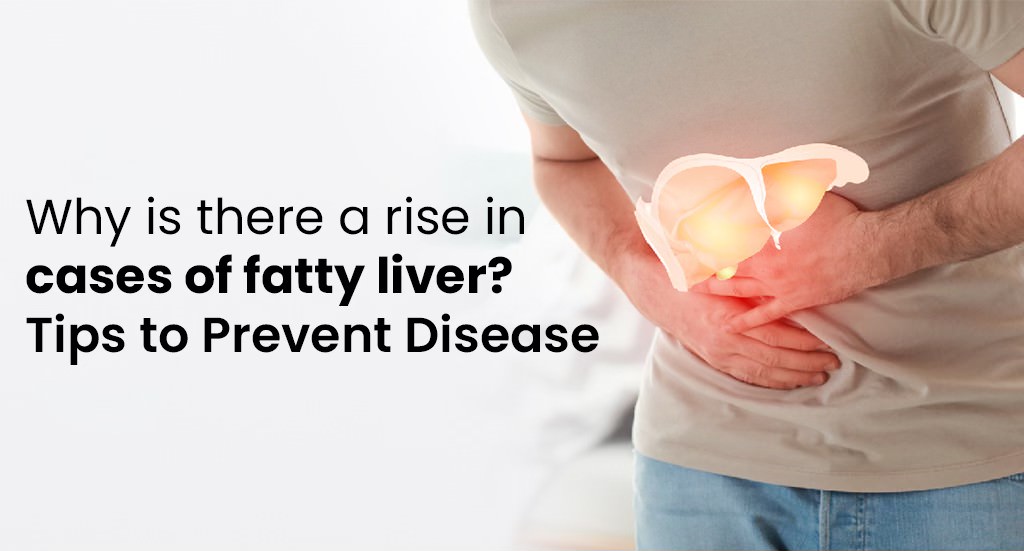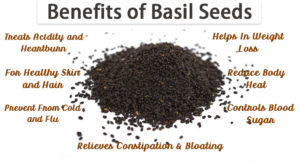Fatty liver disease has become increasingly common in recent years, particularly in developed countries. This condition is often associated with unhealthy lifestyle choices, including poor diet, lack of exercise, and excessive alcohol consumption. However, it can also occur in individuals who have no history of excessive alcohol intake, a condition known as non-alcoholic fatty liver disease (NAFLD). Factors such as obesity, insulin resistance, diabetes, and genetics can contribute to the development of NAFLD. The prevalence of this condition underscores the importance of maintaining a healthy lifestyle and regular medical check-ups for early detection and management.
Among the spectrum of lifestyle diseases affecting millions globally, one of the most rapidly increasing is non-alcoholic fatty liver disease (NAFLD). With approximately 25 to 30 per cent of the world’s population affected, its prevalence is particularly high in India, impacting nearly 40 per cent of the population.
According to a study published in the National Library of Medicine, as of 2022, approximately one in three adults or children have NAFLD in India. The study highlights excess eating as a major trigger for fatty liver. When the liver struggles to break down fats normally, it stores them, leading to an unhealthy buildup of fat within it.
Reasons for rise in Fatty Liver Disease
Modern eating habits have wreaked havoc on society with conditions like these making it difficult for the population to sustain a healthy lifestyle. Here we have tried to break down the factors that might be the cause behind the complication and how you may avert it.
Fatty liver disease encompasses a spectrum of conditions where fat accumulates in the liver cells. This buildup can lead to inflammation and damage to the liver tissue over time. The prevalence of fatty liver disease is indeed rapidly increasing globally, largely due to the rise in obesity rates, sedentary lifestyles, and unhealthy dietary habits. It’s crucial for individuals to be aware of the risk factors and symptoms associated with fatty liver disease so they can take preventive measures and seek medical advice if needed. Early detection and lifestyle modifications are key in managing this condition and preventing its progression to more severe forms, such as non-alcoholic steatohepatitis (NASH) or cirrhosis.
Symptoms of fatty liver
Fatty liver disease often doesn’t cause noticeable symptoms in its early stages. However, as the condition progresses, some people may experience symptoms such as:
- Feeling Tired: You might feel more tired than usual, even after resting well.
- Weakness: You could feel weaker overall like you don’t have as much energy as before.
- Pain in Your Belly: You might have discomfort or pain on the right side of your belly, where your liver is.
- Bigger Liver: Your doctor might be able to feel that your liver is bigger than it should be when they examine you.
- Yellow Skin and Eyes: In more serious cases, your skin or the white parts of your eyes might turn yellow.
- Swollen Belly: You might notice your belly getting bigger because of fluid building up inside.
- Easy Bruising: You might notice that you bruise more easily than before, possibly because your blood doesn’t clot as well.
- Dark coloured urine: Dark urine could mean your liver isn’t working well because bilirubin isn’t being processed properly. It’s best to see a doctor if you notice this change.
- Trouble sleeping: People with fatty liver disease might also have trouble sleeping well. They might feel tired during the day and lack energy because of disrupted sleep patterns.
Tips to Prevent/Manage Fatty Liver
- Get tested regularly: If you are diagnosed with fatty liver it’s important to see your doctor regularly to check your liver. They might do tests like liver function tests and ultrasound scans to see if anything’s wrong. If they find a problem, they might send you to a liver specialist called a hepatologist to help manage it early.
- Watch what you eat: Too much sugar can make your liver fatty and stiff, and can even raise your risk of heart problems. So, it’s good to cut back on sugary foods and try to eat ones with fibre, like apples and carrots, which can help protect your liver.
- Weight Loss: Aim to lose weight slowly, about half to one kilogram per week.
- Reduce Triglyceride Levels: Make changes to your diet or take medication to lower your triglyceride levels.
- Avoid Alcohol: Stay away from alcohol altogether.
- Manage Diabetes: If you have diabetes, make sure to keep it under control.
Recognising the significance of early detection and adopting a holistic approach to lifestyle management in addressing fatty liver disease is crucial. By prioritising regular check-ups, making dietary adjustments, staying physically active, and seeking medical guidance, individuals can mitigate the progression of the condition and enhance their overall well-being. If you can make the first move at the earliest it is not impossible to revert the first stage of fatty liver.








